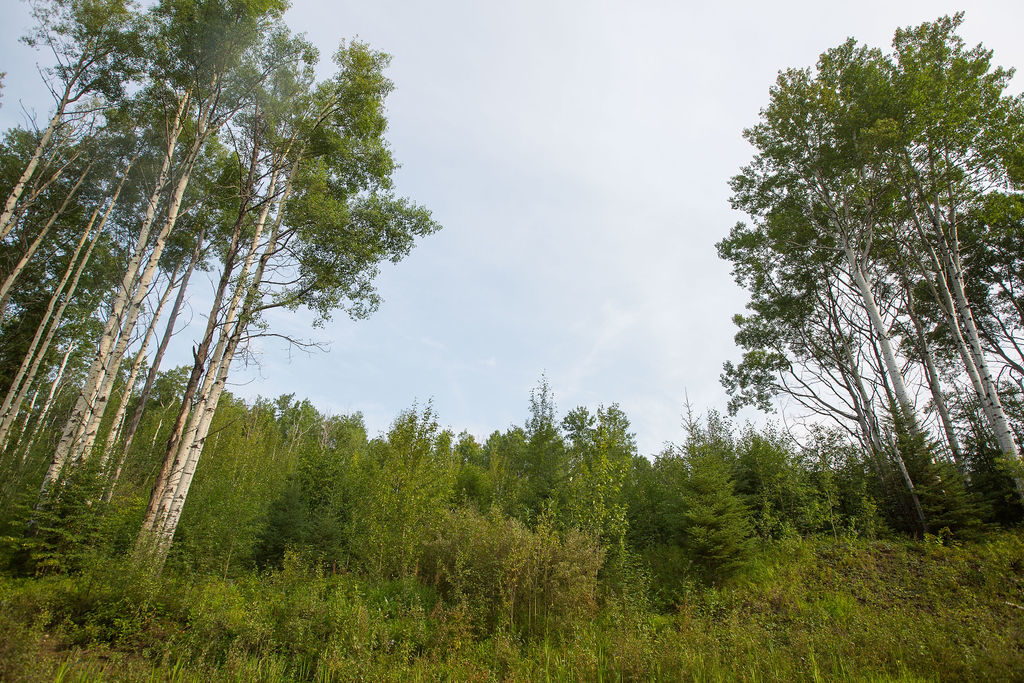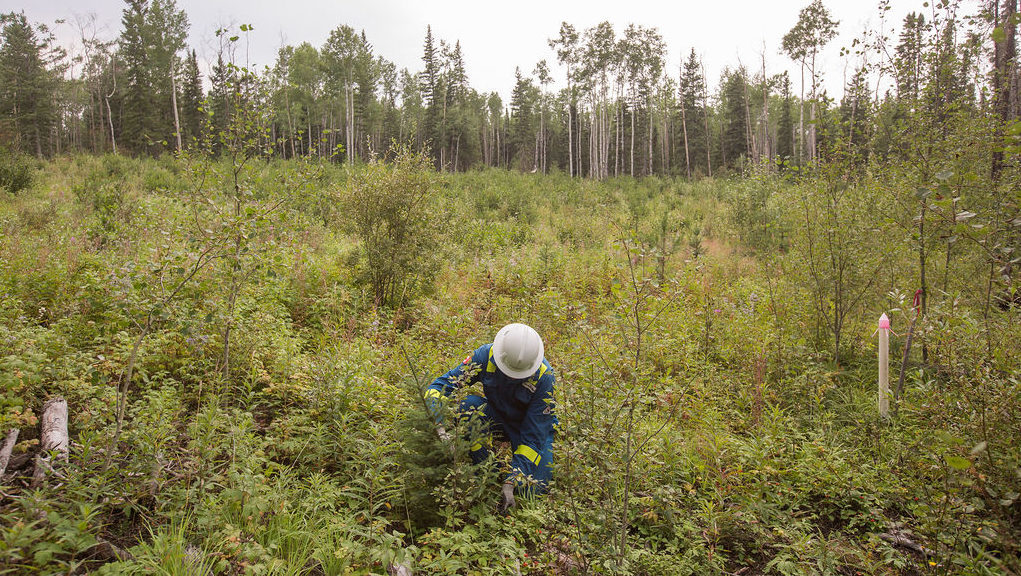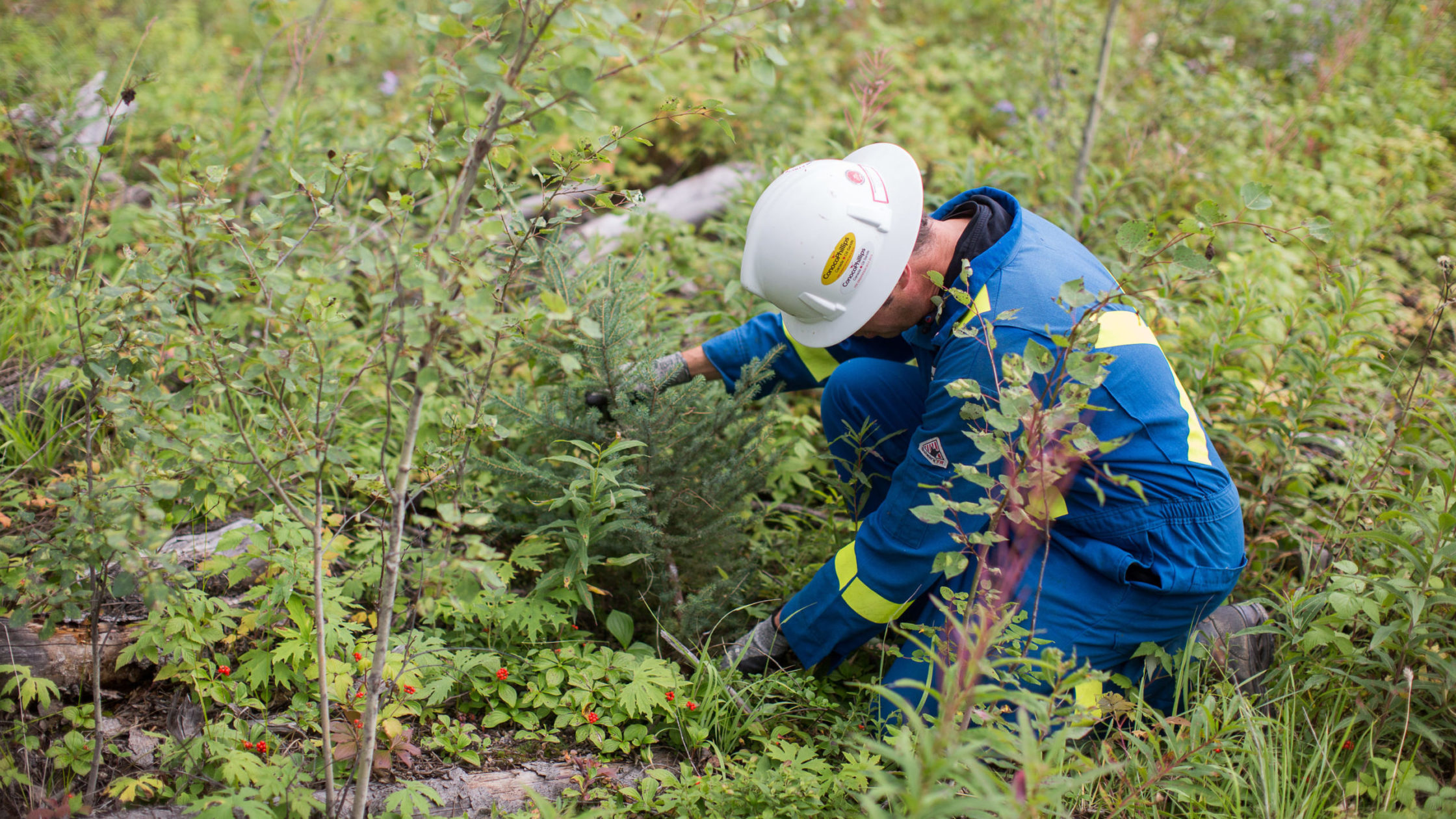Oil sands producers have planted more than five million trees in a joint program designed to reclaim the boreal forest faster after exploration drilling.
It’s been just over a decade since ConocoPhillips Canada and its partners launched the Faster Forests program, along with researchers and regulators, and what they learned and achieved is now being used as a best practice across in situ oil sands projects and as an example for public land users in Alberta.
The vision of the Faster Forests program – to generate sites that are well on the way to recovering to a comparable forest within five years when it otherwise could take decades – has largely been achieved, says Robert Albricht, senior coordinator of environmental operations with ConocoPhillips Canada.
The company has led the Faster Forests collaboration since it was launched at its Surmont oil sands project south of Fort McMurray in 2009.
“I feel we accomplished what we set out to do over the last 10 years,” Albricht says. “Compared to a standard reclamation site, Faster Forests sites not only have taller trees and shrubs but will be further along the trajectory to a forest eco-site compatible with the surrounding forest.
“The vast majority of in situ oil sands sites in Alberta are now following Faster Forests guidelines, and [we] have created public resources to share this information.”
The program is helping inform broader reclamation and tree planting activities in the oil sands, which are large scale. Major producers planted more than 25 million trees between 2009 and 2018, according to BMO Capital Markets.
Changing the standard practice
The Faster Forests program, one of the current initiatives of Canada’s Oil Sands Innovation Alliance (COSIA), was initially conceived because operators recognized that they could do better to restore disturbed boreal forest. It was a voluntary effort that is now recognized by the Government of Alberta in its Integrated Land Management Guidelines.
“In the early 2000s, there was growing recognition that the reclamation practices of the day on oil sands exploration sites was leading to the proliferation of grassy meadows that slowed the re-establishment of boreal forest plant communities,” Albricht says.
A longterm study by the University of Alberta published in 2008 found that “well sites drilled and abandoned on forested land in Alberta during the 1960s through much of the 1990s have generally been very slow to recover to natural forest.”

That research, Removing the Wellsite Footprint, provided the recommendations that gave birth to Faster Forests, Albricht says.
According to COSIA, “the Faster Forests program has led to wider adoption of planting sites soon after disturbance, improved reclamation practices and the planting of local native trees and shrubs to accelerate site recovery.”
Through Faster Forests practices, operators can also achieve formal reclamation certification faster and more predictably, Albricht says.
Learning from wildfires
The key principle of the Faster Forests program is to take lessons from how sites recover after a natural disturbance like a wildfire. After a wildfire, seedlings quickly re-establish, encouraging the return of forest cover shortly after, COSIA says.
For example, by minimizing actives like excavating and compressing soils, seeds, roots and natural features can be preserved, allowing for faster forest regrowth.

While the program has focused primarily on in situ sites south of Fort McMurray, Albricht says that some of the principles — like incorporating “rough and loose” coarse woody material instead of a more “neat and tidy” grassland approach — are easily transferred to reclamation projects in the mining region.
Work at the Surmont project is used by the Government of Alberta as an example of successful accelerated reclamation in its guidelines for integrated land management, which “aims to balance values, benefits, risks and trade-offs when planning and managing resource extraction, land use activities, and environmental conservation and management.”
